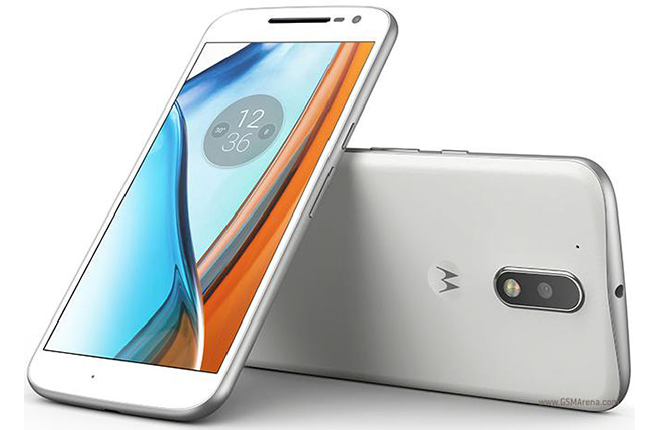

Design: A Thin Basic Chassis
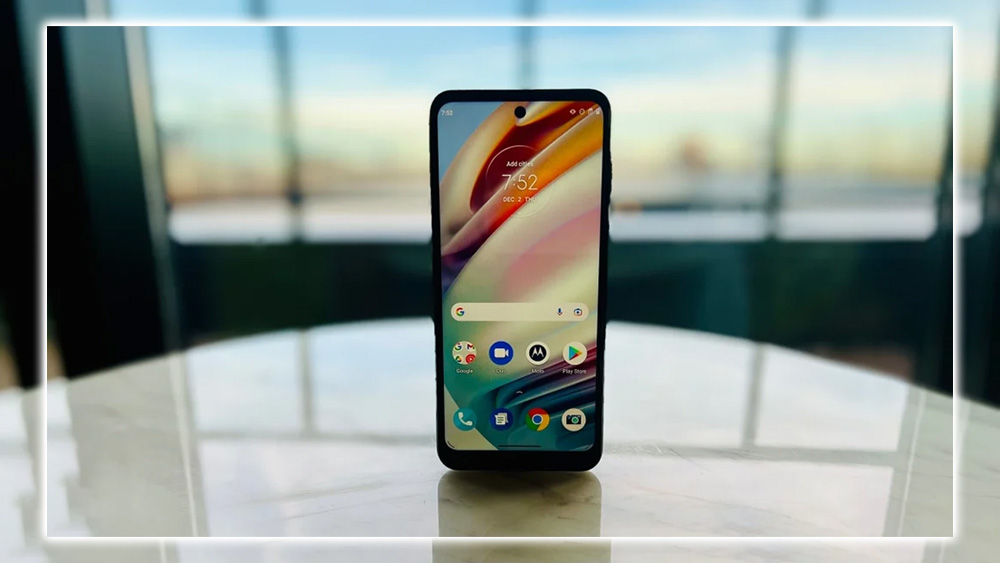

The Moto G (pictured here) Moto G is precisely the same size.
Before we get into what’s disappointing about the Moto G4 and G4 Plus. Let’s talk about what Lenovo managed to get right; chassis design. These two devices are both comfortably svelte. They hardly feel like budget devices. At 9.3mm, they’re a little more than two millimeters thinner than their predecessors; their thin edges match the design that Lenovo’s got going on with the Moto Z.
I am somewhat fond of the color scheme I was sent for review. Black on black is boring. The G4 and G4 Plus appear to be outfitted in the same bare-bones, let’s-get-down-to-business attire as Lenovo’s Thinks. Thankfully, if you buy either model unlocked, you can customize the look through the company’s Moto Maker site. Like last year’s devices, the Moto G4 and G4 Plus are covered in a water-repellent coating. It’s meant to protect phones against rain and spilled drinks rather than dunks in the pool. A removable back cover allows unfettered access to the SIM memory slots, though the battery is bolted in.
Both new Moto G4 devices feature 5.5-inch LED displays with 1080p resolutions and great viewing angles. They’re even nicer to look at than Sony’s considerably costlier flagship, the Xperia X Performance, especially regarding color balance. And if you don’t like either device’s color-saturated displays, you can turn off automatic vibrancy in the Settings panel. It’s nice to have the choice.
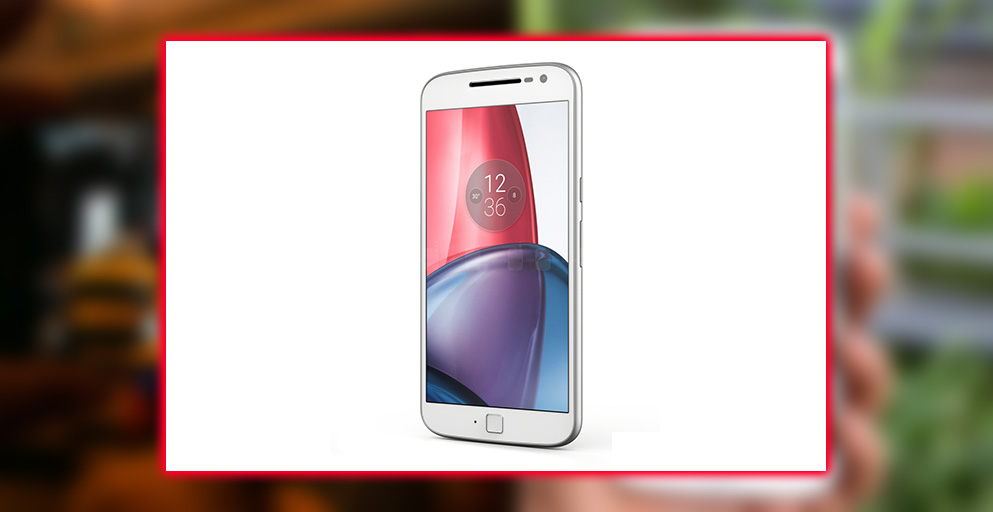

The Moto G4 Plus is the only model with a front-facing fingerprint scanner. It’s not the fastest fingerprint scanner I’ve used, but it works. I wish Motorola would have added more functionality to the button, however. Since I habitually tapped it to return to the Home screen.
Performance: A Meek, Shaky Sheep in Wolf’s Clothing
The Moto G4 runs on a Qualcomm Snapdragon 617. The G4 is only available with 2GB of RAM. While the G4 can be configured with 2, 3, or 4GB of RAM. Our review model featured 4GB of RAM.
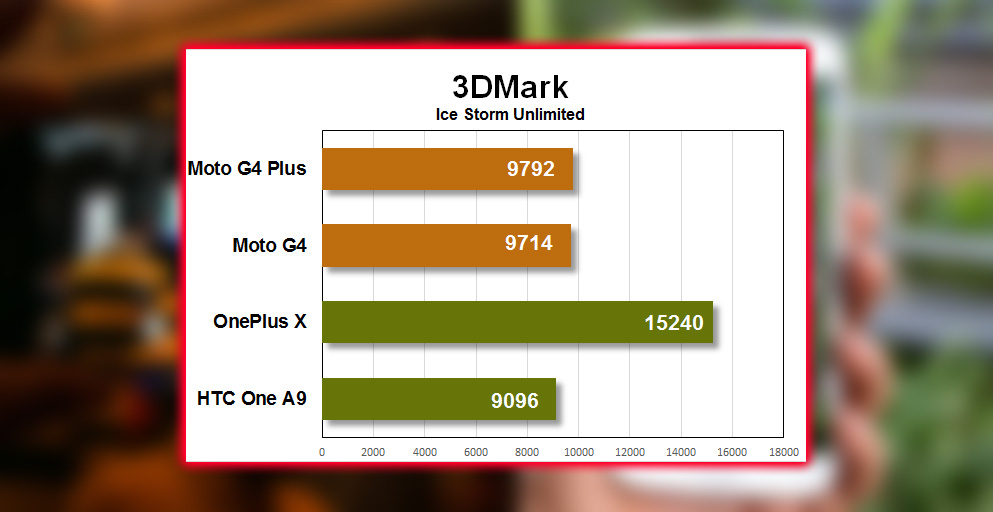

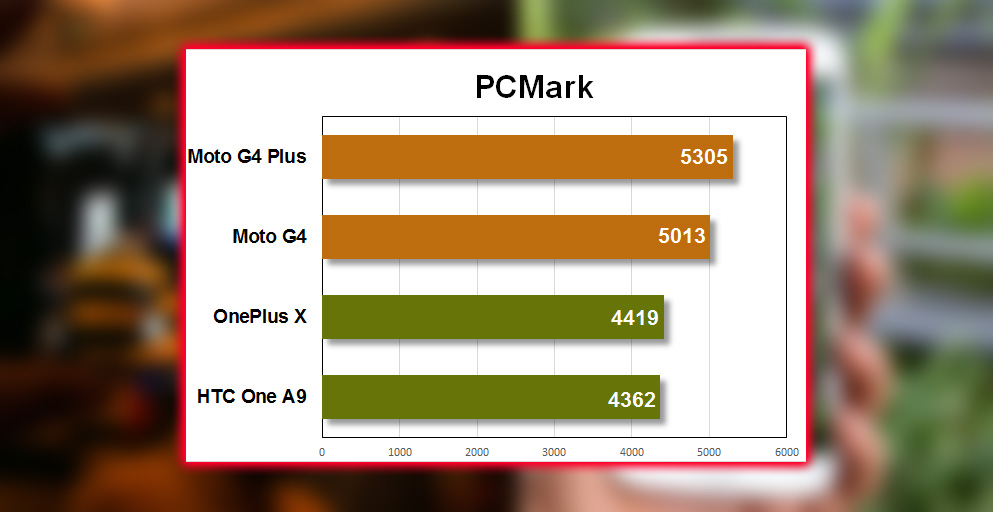

The G4 and G4 Plus performed on par with the other devices in their class in our extensive benchmark tests, beating out last year’s HTC One A9. But things turned out after I started using the machines out in the wild.
First off, the G4 Plus suffers from intermittent touchscreen recognition issues. There’s no warning when it happens, it’s only once in a while, but when it does, it’s incredibly frustrating. It also appears to only occur when I’m actively inside an app rather than rooting around on the system interface. I searched the web to see if anyone else had experienced the same issues but could only find a mention in The Verge’s review of the G4 Plus. Regardless, this sporadic nuisance has me on the fence about whether or not the G4 Plus could be considered. A worthy buy, even with 4GB of RAM.
On the other hand, the G4 with 2GB of RAM performed as I expected. It was generally smooth sailing as I transitioned between screens on the main interface, the settings panel. Now, though, I did experience some slowdowns after launching memory-intensive apps. Snapchat, for instance, would lag, and it was challenging to record a video without much stuttering. And casual games like Sailor Moon Drops experienced occasional choppiness.
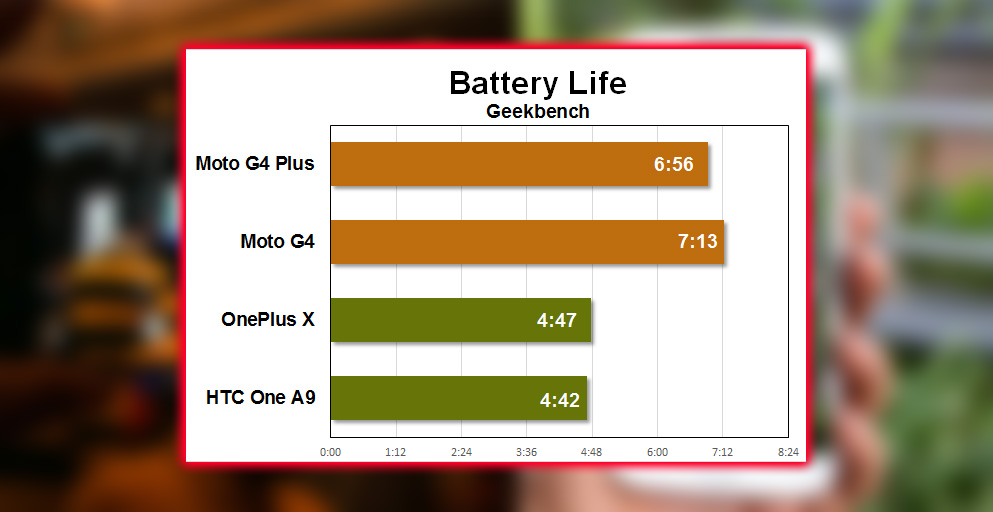

At least the G4 and G4 Plus battery performance didn’t take a hit. Both phones are powered by a 3,000 mAh battery. The phones managed about 7 hours of screen-on time in the Geekbench battery run-down test. The G4 and G4 Plus also utilize Moto’s Turbo Charger. So that you can charge up enough juice in an hour to last you through most of the day.
Camera: You Get What You Pay For
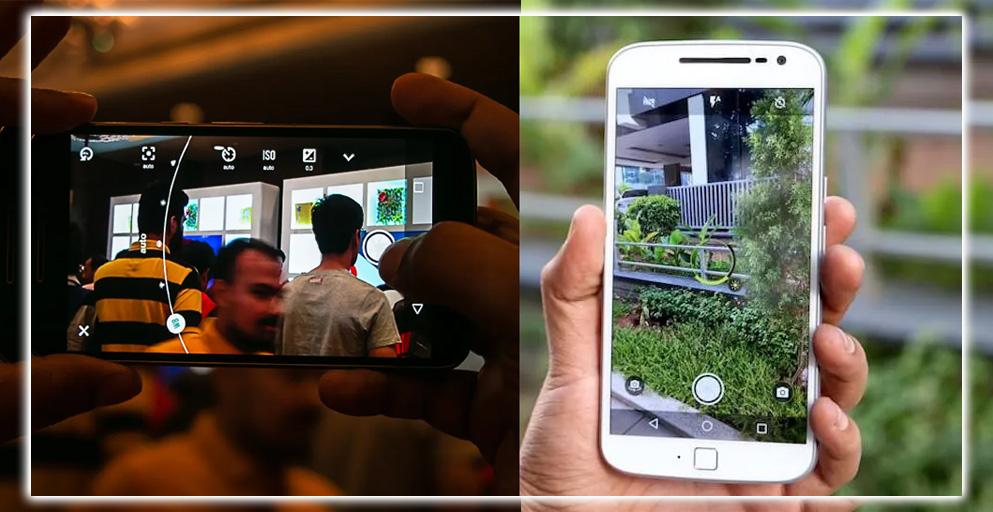

The Moto G4 Plus’s 16-megapixel camera (left) shot clearer, sharper photos than the G4’s 13-megapixel camera (right).
I don’t expect much from a pair of phones that start at $200 or less in the camera department. Still, I hope that whatever photography they manage is either good enough to share on the Internet or decipherable. And sufficient to stow away as a memory. Fortunately, the Moto G4 and G4 Plus’s rear-facing cameras fit that criterion.
The Moto G4 utilizes a 13-megapixel camera, while the G4 Plus comes equipped with a 16-megapixel one. Both shoot with an aperture of f/2.0, but only the G4 Plus features Detection Autofocus (AF). Which helps keep the photo’s main subjects in focus.
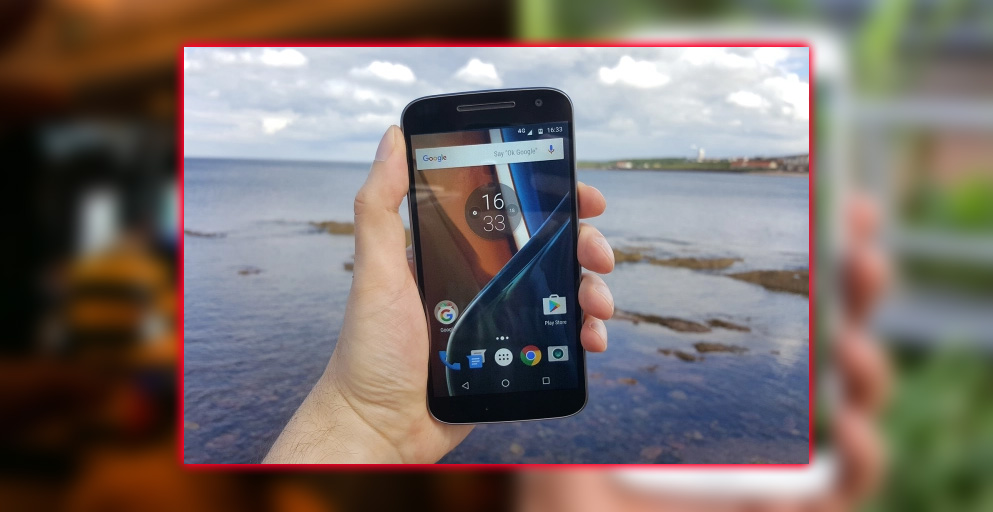
The Moto G4 performed alright in our highlight tests.
It was alright with the low light test in our lab, though other phones with similar megapixel counts perform better. It starts with the Moto G4. In our lab, the smartphone’s camera shot better photos in bright light than some pricier phones. Unlike the Xperia X performance, for instance, none of the G4’s brightly lit test photos came out overexposed. They were nicely color-balanced; I could zoom in and clearly read fine text. However, the G4 was partially at fault. Notice it couldn’t catch up with the metronome in the top right-hand corner. Check out its low-light performance above. The G4 clearly struggles. It pales compared to what the One A9 or One Plus X could muster with the same f/2.0 aperture.
The G4’s low-light performance gets worse in the real world. The camera struggled to illuminate the most dimly-lit scenes. When it did manage to shoot a photo in poor lighting. It produced a grainy product that was too noisy to edit after the fact. The G4 Plus used a 16-megapixel camera and fared better in our lab tests. I also noticed that it tends to over-sharpen the end result to produce a more explicit photo. It helps make the scene pop out. If nothing else, it helps bump up the quality of a decidedly middle-of-the-road camera. Like its sibling, the G4 Plus also suffered from a few follies in the real world.
For instance, the camera tended to blow out background objects and scenes. Unless I adjusted the exposure with the app’s limited manual controls beforehand. It could be faster at capturing moving objects, too. Pictures shot while walking came out blurry.
Software: Still Sporting Stock Android
If it’s one thing that Motorola’s known for, it’s keeping Android relatively free from bloatware and excessive interface changes. It continues that tradition with the Moto G4 and G4 Plus. Which is quite a relief considering Lenovo’s reputation for overstuffing its smartphones and tablets with different apps.
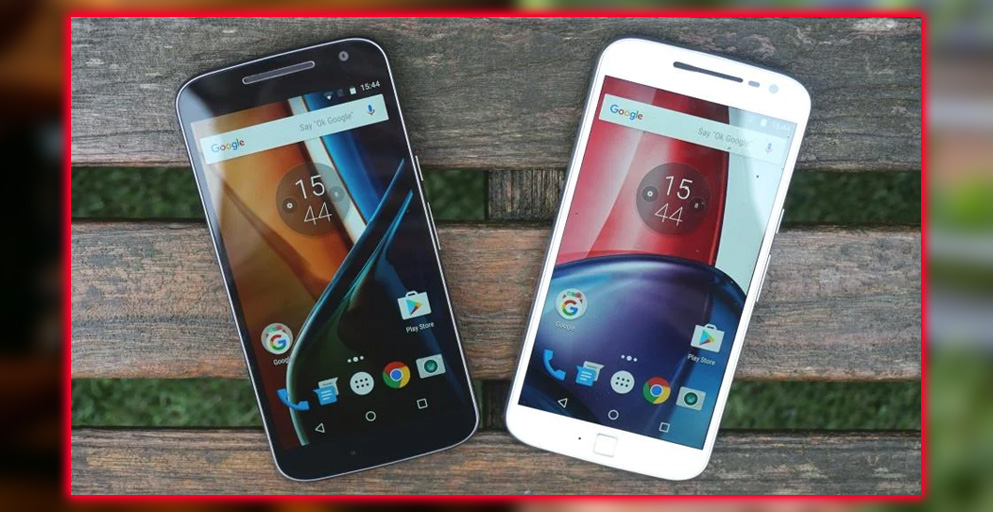
The Moto G4 and G4 Plus have the same interface as the Launcher.
The G4 and G4 Plus run Android 6.0.1 Marshmallow with only one application for adjusting Motorola’s special add-on features, including its ambient display gesture controls. I don’t know what Lenovo plans to do with apps like Moto Assist, but it appears to signify the beginning and end of the Moto.
Should You Buy these Phones?
It used to be easy to award the Moto G with the title of the best budget smartphone. But I’m wary of doing so this year. The Moto G4 and G4 Plus are two average smartphones with solid hardware and slim bodies. Still, the software has too many little annoyances.
If you’re looking for a budget device. You can use unlocked on all four major carriers in the U.S. and overseas. The Moto G4 is a solid choice. It works fine. Even though its camera is mediocre, it’s substantial enough for a $200 device.
The G4 Plus is a different story. We Requested another review unit to determine whether the interface is glitching with its unresponsive spans across all models. But until then, I’d warn that you’re gambling if you’re considering bringing home this $250 device. Which shoots up to $300+ if you get it with 4GB of RAM.


















